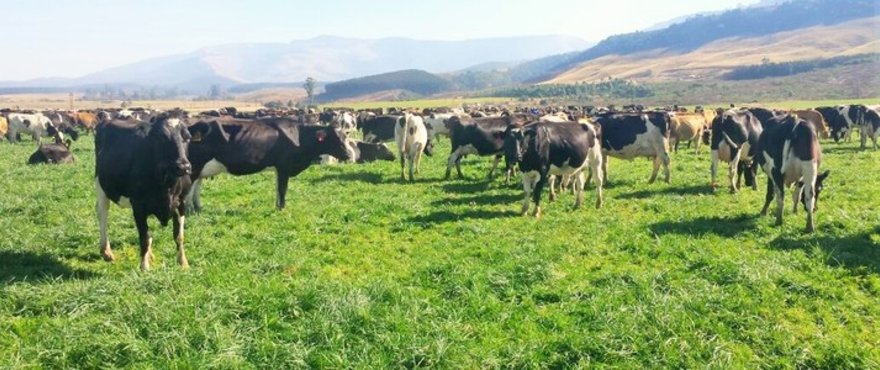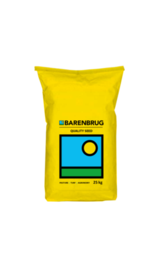These days there is a new generation of tall fescue available with much more palatable leaves, called soft leaf tall fescues.
Palatability
Palatability is hard to measure, but we do know a few things. In a sheep grazing trial conducted in France, soft leaf tall fescues were the only varieties the animals preferred. Sheep would eat the soft leaf tall fescues into the ground and waited for hours before starting to graze ‘rough-leafed’ varieties
like Kentucky-31.
Improved rust resistance
Rust is fungus that can attack fescue and other species. Rust is completely harmless to livestock, yet it affects the palatability of plants and dry matter production. The newer soft-leafed tall fescues have been bred to be more rust resistant.
Soft Leaf Tall Fescue
• Late maturing
• Softer leaves
• More palatable
• Better rust resistance
• Winter-hardy
Later heading date
Varieties with later heading dates are much easier to manage. They produce less and later seed heads in the spring, allowing for a longer grazing/harvest window. Later maturing varieties also show less re-heading during the season.
Baroptima
Establishment and management
In order to maximize the benefits of these soft-leafed fescues, they should be managed correctly. The recommended seeding rate is 25-30kg/ha in a wellprepared seedbed. Brillion seeders or broadcasting the seed followed by a cult packer works best. If a regular drill is used, we suggest planting bi-directional. This means crossing the field twice, at an angle. Soft-leafed tall fescues are very well suited for intensive grazing, as well as cutting for hay or grass-silage. When planted for grazing, planting together with white clover is recommended. White clover fixes nitrogen, increases DM production and increases forage quality. Ideal in mixtures with perennial ryegrass, cocksfoot, phalaris, brome, perennial clovers and lucerne.



